
How to Use Humbucker: Examples, Pinouts, and Specs
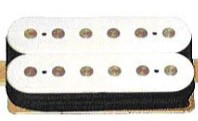
 Design with Humbucker in Cirkit Designer
Design with Humbucker in Cirkit DesignerIntroduction
The Humbucker is a type of electric guitar pickup designed to reduce electromagnetic interference (hum) while delivering a rich, warm tone. It achieves this by using two coils wired in opposite polarity, effectively canceling out noise and interference. This design makes the Humbucker a popular choice for electric guitars, especially in genres like rock, blues, and jazz, where a fuller sound is desired.
Explore Projects Built with Humbucker
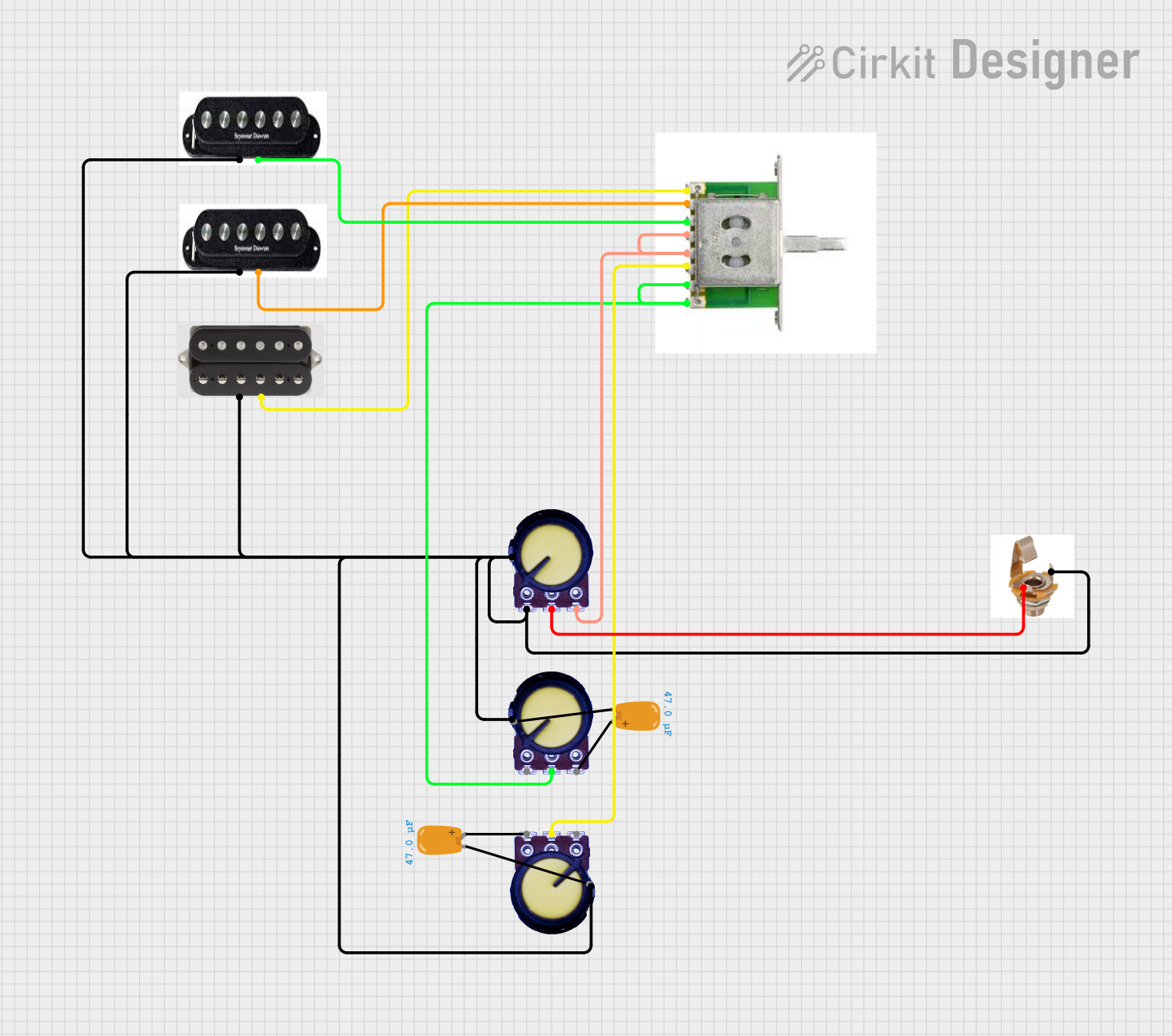
 Open Project in Cirkit Designer
Open Project in Cirkit Designer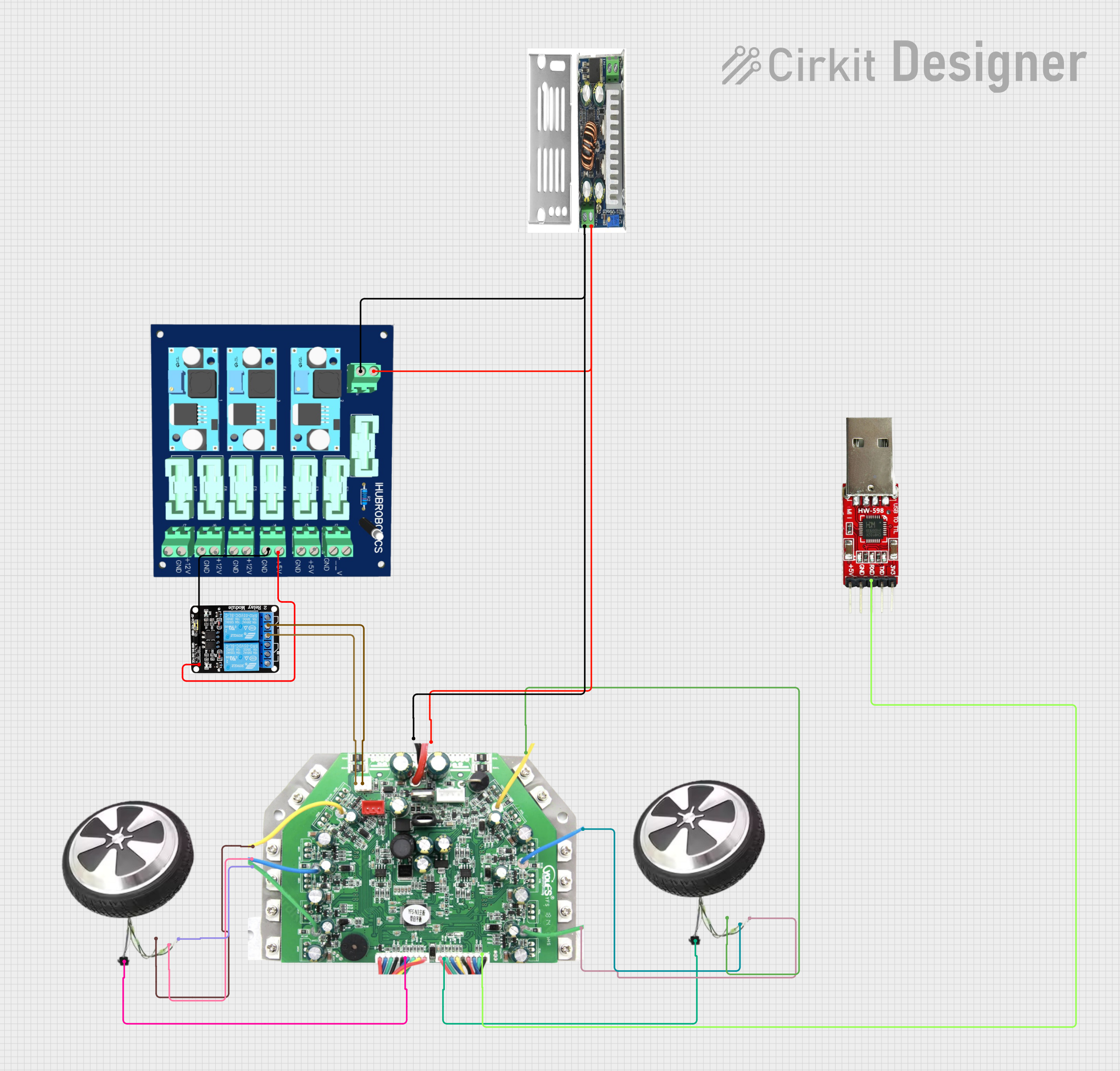
 Open Project in Cirkit Designer
Open Project in Cirkit Designer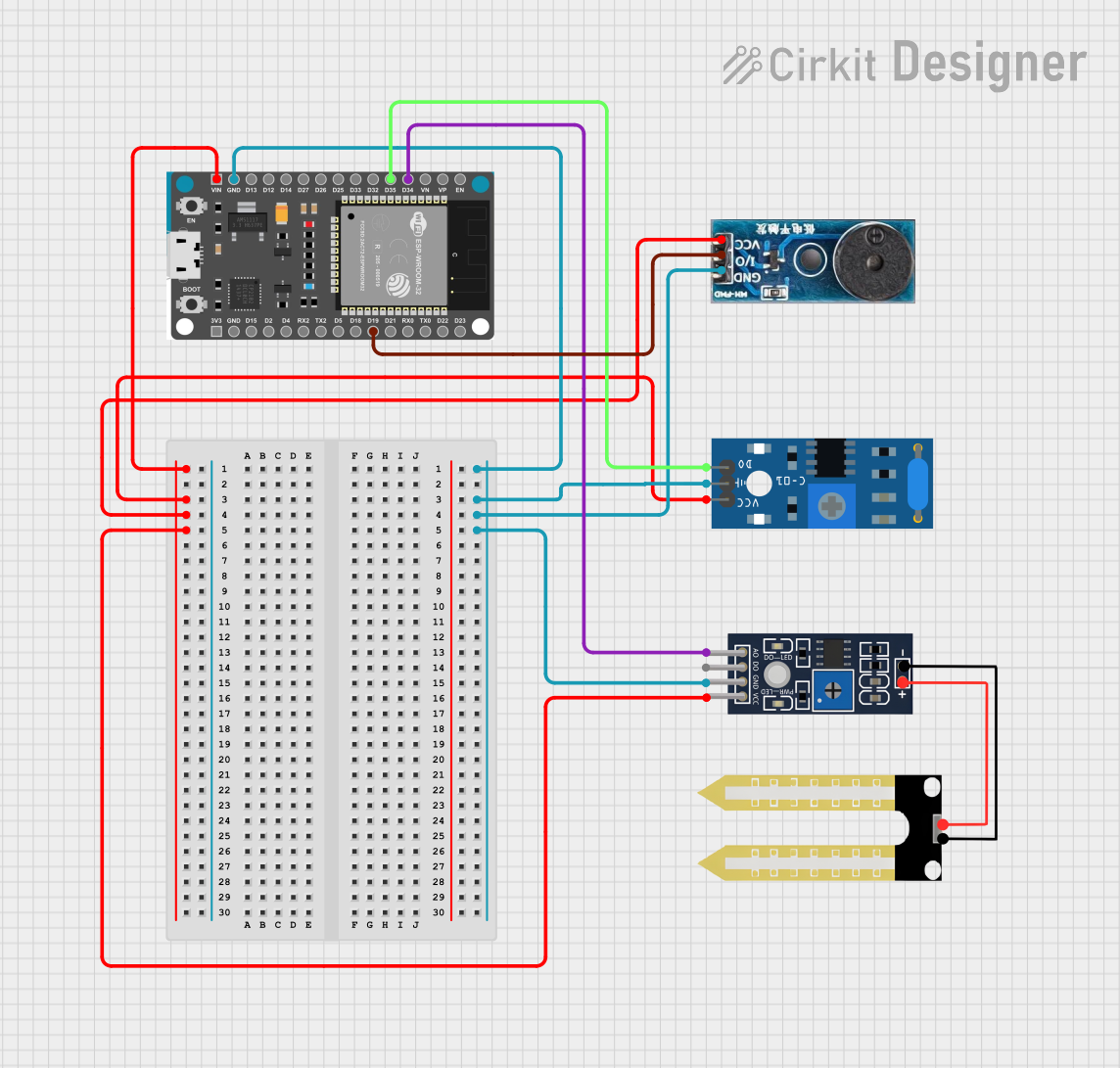
 Open Project in Cirkit Designer
Open Project in Cirkit Designer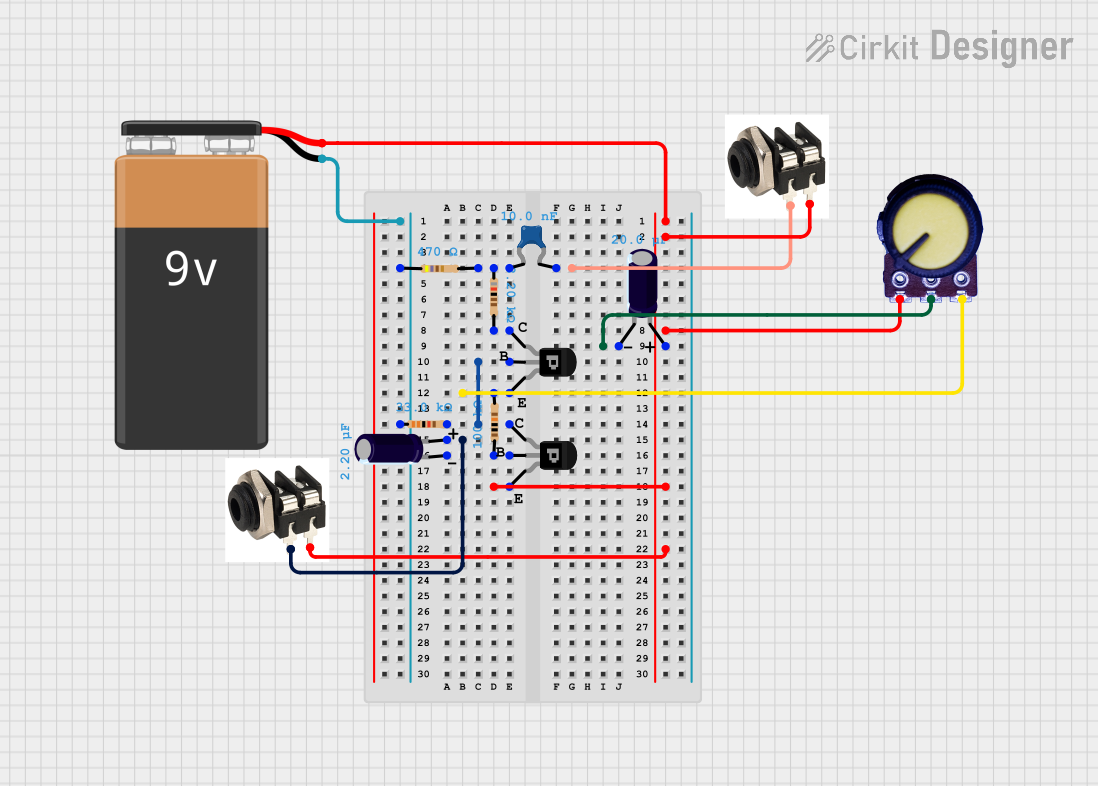
 Open Project in Cirkit Designer
Open Project in Cirkit DesignerExplore Projects Built with Humbucker

 Open Project in Cirkit Designer
Open Project in Cirkit Designer
 Open Project in Cirkit Designer
Open Project in Cirkit Designer
 Open Project in Cirkit Designer
Open Project in Cirkit Designer
 Open Project in Cirkit Designer
Open Project in Cirkit DesignerCommon Applications and Use Cases
- Electric guitars for noise-free performance
- Studio recording for clean, high-quality sound
- Live performances in environments with high electromagnetic interference
- Musical genres requiring a thick, warm tone, such as rock, metal, and jazz
Technical Specifications
The Humbucker is a passive electronic component with the following key specifications:
| Parameter | Value |
|---|---|
| Manufacturer | Humbucker |
| Manufacturer Part ID | Humbucker |
| Type | Dual-coil electric guitar pickup |
| Output Impedance | 6kΩ to 16kΩ (varies by model) |
| Frequency Response | 80 Hz to 5 kHz |
| Magnet Type | Alnico or Ceramic |
| Wiring Configuration | 4-conductor or 2-conductor |
| Dimensions | 70 mm x 38 mm x 18 mm (typical) |
| Weight | ~150 g |
Pin Configuration and Descriptions
Humbuckers typically have multiple wires for different wiring configurations. Below is a table describing the common 4-conductor wiring:
| Wire Color | Function |
|---|---|
| Red | Coil 1 Start (Hot Output) |
| White | Coil 1 End (Connect to Green for Series) |
| Green | Coil 2 Start (Ground) |
| Black | Coil 2 End (Hot Output for Parallel) |
| Bare | Shield (Connect to Ground) |
Note: Wire colors may vary by manufacturer. Always refer to the specific wiring diagram provided with your Humbucker.
Usage Instructions
How to Use the Humbucker in a Circuit
- Mounting the Humbucker: Secure the Humbucker to the guitar body using the provided screws and springs. Adjust the height to balance output volume and tone.
- Wiring: Connect the wires according to your desired configuration:
- Series Wiring: Connect the White wire to the Green wire. Use the Red wire as the hot output and the Bare wire as ground.
- Parallel Wiring: Connect the Red and Black wires as hot outputs, and the Green and Bare wires as ground.
- Coil Split: Use a switch to ground one coil (e.g., connect the White wire to ground) for a single-coil sound.
- Soldering: Use a soldering iron to make secure connections. Avoid overheating the wires or components.
- Testing: Plug the guitar into an amplifier and test the output. Adjust the pickup height and pole pieces for optimal sound.
Important Considerations and Best Practices
- Shielding: Ensure proper shielding of the guitar cavity to minimize noise.
- Height Adjustment: The distance between the Humbucker and strings affects tone and output. Experiment to find the best balance.
- Polarity Matching: When combining multiple pickups, ensure correct polarity to avoid phase cancellation.
- Use with Arduino: While Humbuckers are not typically used with microcontrollers like Arduino, you can connect the output to an analog input for signal processing or effects. Use a preamp circuit to amplify the signal before feeding it into the Arduino.
Example Arduino Code for Signal Processing
// Example: Reading Humbucker output with Arduino
// Note: Use a preamp circuit to amplify the signal before connecting to A0.
const int humbuckerPin = A0; // Analog pin connected to Humbucker output
int signalValue = 0; // Variable to store the signal value
void setup() {
Serial.begin(9600); // Initialize serial communication
}
void loop() {
signalValue = analogRead(humbuckerPin); // Read the analog signal
Serial.println(signalValue); // Print the signal value to the Serial Monitor
delay(10); // Small delay for stability
}
Troubleshooting and FAQs
Common Issues and Solutions
No Sound Output:
- Check all solder connections for continuity.
- Ensure the Humbucker is properly grounded (Bare wire connected to ground).
- Verify the amplifier and cables are functioning correctly.
Excessive Noise or Hum:
- Ensure proper shielding of the guitar cavity.
- Check for loose or broken connections.
- Verify that the Humbucker is wired correctly (e.g., series or parallel).
Weak or Thin Sound:
- Adjust the pickup height closer to the strings.
- Check for phase issues if using multiple pickups.
Uneven String Volume:
- Adjust the pole pieces to balance the output for each string.
FAQs
Q: Can I use a Humbucker with a single-coil pickup in the same guitar?
A: Yes, but ensure proper polarity and phase alignment to avoid phase cancellation.
Q: What is the difference between Alnico and Ceramic magnets in Humbuckers?
A: Alnico magnets provide a warmer, vintage tone, while Ceramic magnets deliver higher output and a brighter sound.
Q: How do I clean and maintain my Humbucker?
A: Use a soft, dry cloth to clean the surface. Avoid using liquids or abrasive materials. Periodically check the wiring and connections for wear.
Q: Can I use a Humbucker for non-guitar applications?
A: Yes, Humbuckers can be used in DIY audio projects, such as custom microphones or signal pickups, but a preamp is typically required.
This concludes the documentation for the Humbucker. For further assistance, refer to the manufacturer's support resources.